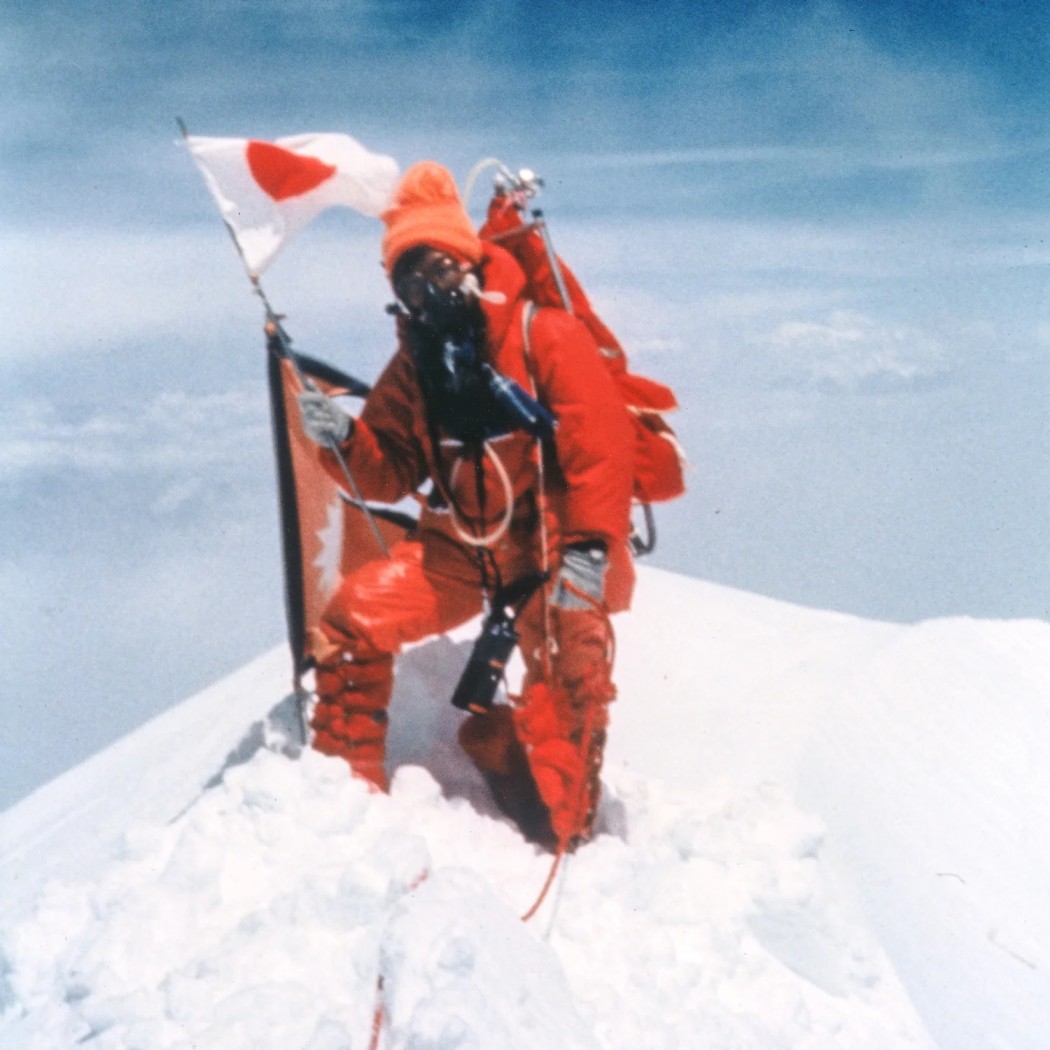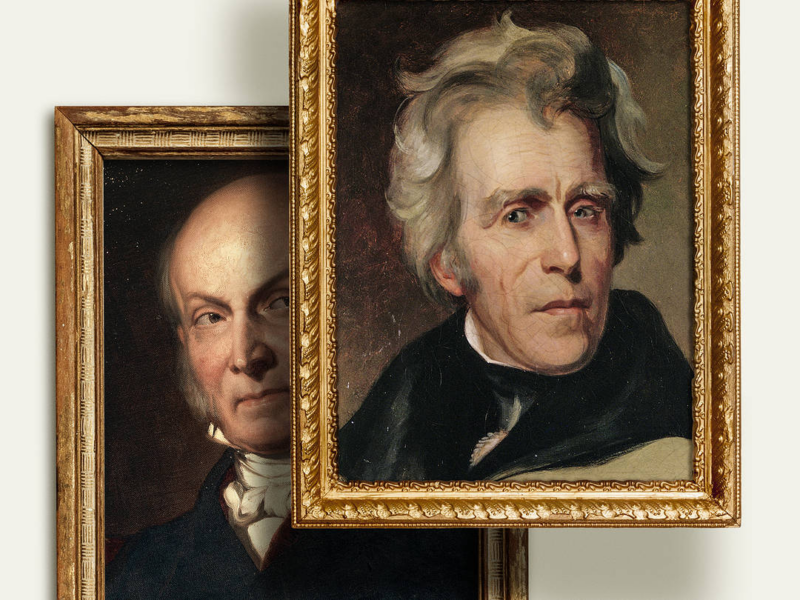Junko Tabei, a Japanese mountaineer, made history on May 16, 1975, by becoming the first woman to reach the summit of Mount Everest. Tabei’s extraordinary achievement shattered gender barriers in the world of mountaineering and continues to inspire climbers and adventurers across the globe.

Junko Tabei’s Trailblazing Journey
Junko Tabei’s journey to the summit of Mount Everest was not just a physical climb but a trailblazing expedition that challenged societal norms and paved the way for women in mountaineering. Born in a time when cultural expectations in Japan discouraged women from engaging in such physically demanding activities, Tabei’s passion for mountains was kindled during a school trip at the age of 10. Her love for climbing grew as she became an adult, despite the prevailing belief that mountaineering was unsuitable for women.
In 1969, Tabei founded the Ladies Climbing Club: Japan (LCC), a groundbreaking step that opened doors for Japanese women in the climbing community. The club’s motto, “Let’s go on an overseas expedition by ourselves,” was a bold declaration in a male-dominated field. Under her leadership, the LCC tackled various significant climbs, gaining experience and recognition in the mountaineering world. These accomplishments laid the groundwork for their ultimate challenge – Everest.
Tabei’s leadership and perseverance in the face of adversity were instrumental in the success of her Everest expedition. She not only had to prepare physically and mentally for the daunting climb but also had to overcome financial and logistical challenges. Tabei’s efforts in fundraising and organizing the expedition underscored her dedication and skill as a leader. Her trailblazing journey was a testament to her belief that women could meet the same challenges as men, breaking new ground in a sport that had, until then, been dominated by male climbers.
Expedition details
The historic 1975 expedition that led Junko Tabei to the summit of Mount Everest was a remarkable venture marked by both its groundbreaking nature and the sheer determination of its participants. This all-female Japanese expedition, a rarity at the time, challenged not only the physical extremes of Everest but also the entrenched gender norms within the mountaineering community.
Organized by the Ladies Climbing Club of Japan, which Tabei had founded, the expedition was aptly named “Japanese Women’s Everest Expedition 1975.” The team comprised 15 women, breaking the mold in a field dominated by men. Securing funding was a significant challenge, as they battled skepticism about their capabilities. They managed to gather support through fundraising events, personal contributions, and sponsorship deals, a testament to their resourcefulness and commitment.
Once in Nepal, the team faced the daunting challenges of Everest’s harsh and unpredictable environment. The climb was laden with risks, including the perilous Khumbu Icefall, notorious for its crevasses and unstable ice towers. As they ascended, they encountered an avalanche that struck their camp at an altitude of over 20,000 feet. Despite being buried and injured, Tabei and her team members miraculously survived, showcasing their resilience.
The final ascent to the summit was a grueling test of endurance and willpower. Tabei, despite her injuries from the avalanche, pressed on. Accompanied by Sherpa guide Ang Tshering, she tackled the steep, icy slopes of the South Col and the treacherous Hillary Step, demonstrating extraordinary mountaineering skills and mental fortitude.
Reaching the summit on May 16, 1975, Tabei’s triumph was a historic achievement. It was a victory not just over the physical challenges of Everest but also over the societal barriers that had long confined women to the sidelines in the world of high-altitude mountaineering. This expedition was a significant milestone in climbing history and a powerful statement for gender equality in sports, inspiring countless women and girls to pursue their ambitions in the face of daunting challenges.
Climbing Amidst Adversity
The journey to Everest’s summit was fraught with difficulties. The team faced harsh weather conditions and challenging terrain. On their ascent, an avalanche struck their camp at 21,326 feet, burying Tabei and her teammates. Miraculously, they survived, with Tabei resuming the climb just 12 days after the ordeal.
The Ascent to the Top of the World
Tabei’s ascent was arduous, pushing her physical and mental limits. Accompanied by her Sherpa guide, Ang Tshering, she navigated the perilous icefall, the treacherous Khumbu Glacier, and the daunting South Col. Her determination and resilience were on full display as she approached the summit.
Reaching the Summit
Reaching the summit of Mount Everest on May 16, 1975, Junko Tabei’s ascent was a culmination of extraordinary effort and resilience. The final leg of the climb to the summit is often the most challenging, involving navigating the treacherous South Col and the notorious Hillary Step, a near-vertical rock face just below the summit. Despite the thin air and the exhaustion that comes with high-altitude climbing, Tabei and her Sherpa guide, Ang Tshering, persevered.
As they ascended the final meters, Tabei faced not only the physical exhaustion from the climb but also the immense psychological pressure of the moment. Every step was a struggle against the biting cold, the brutal wind, and the ever-present risk of altitude sickness. Yet, her determination never wavered. When she finally stood at the summit, 29,032 feet above sea level, Tabei made history as the first woman to conquer the world’s highest peak.
Her achievement on that day was more than a personal triumph; it was a groundbreaking moment for women in sports and beyond. By reaching the summit of Everest, Tabei shattered the glass ceiling in mountaineering, challenging the perception of women’s capabilities in extreme endeavors. This historic ascent was a testament to her enduring spirit and skill, inspiring future generations of climbers and adventurers worldwide. Her accomplishment remains a beacon of inspiration, symbolizing the potential to achieve the extraordinary, regardless of the obstacles.
Impact and Legacy
Junko Tabei’s ascent of Everest was more than a mountaineering accomplishment; it was a milestone in the struggle for gender equality in sports and adventure. Her feat garnered international attention, challenging the stereotypes and assumptions about women’s capabilities in extreme sports.
Following her Everest success, Tabei continued to break records. She became the first woman to complete the Seven Summits, climbing the highest peak on each continent. Her advocacy for environmental issues and her efforts to encourage women in mountaineering further solidified her legacy.
Inspiration for Future Generations
Tabei’s story is a source of inspiration for women and girls worldwide. She demonstrated that with passion, perseverance, and courage, barriers can be broken, and new paths can be forged. Her legacy extends beyond mountaineering, inspiring people to challenge societal norms and pursue their dreams regardless of gender.
Junko Tabei’s ascent of Mount Everest was a groundbreaking achievement that transcended sports. It was a powerful statement against gender barriers and a testament to human endurance and spirit. Tabei’s legacy continues to resonate, reminding us that the mountains we choose to climb can be both literal and metaphorical, and that reaching the summit, irrespective of the challenges, is always possible.


